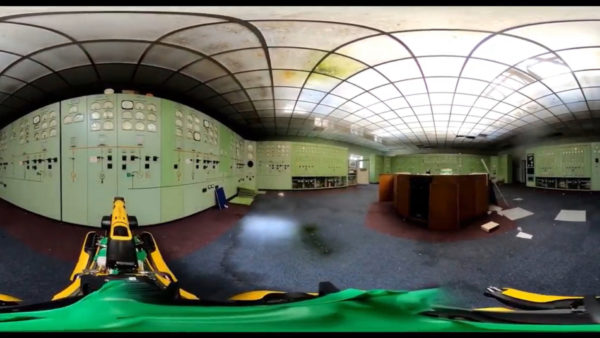As RIBA and the Offsite Management School launch an overlay for the RIBA Plan of Work to encourage architects to use offsite methods, its author Dale Sinclair asks: how do we make the jump from construction to assembly?
Although moves have been made over the years to shift a proportion of construction effort away from site into factories, initiatives transitioning us from construction to assembly have not taken hold. The hotel sector is a major exception to this role and prefabricated, modular rooms are commonplace.
The reasons for limited uptake of off-site manufacturing and assembly on site are complex. Sites come in different shapes, sizes and complexity. They sometimes have sensitive historical contexts. Differing client briefs and the need to develop a unique vision for each project complicate matters further. Building types such as office buildings or shopping centres may have fewer opportunities to embrace every off-site technology but more could be done.
The issue is straightforward: we design buildings for construction, not assembly, with traditional construction technologies hard baked into our Concept Designs at stage 2.
A recent collaboration between the RIBA and the Offsite School has resulted in a publication that looks at how architects and other members of the design team can break current thinking and move towards the assembly of buildings. It will be challenging. Many of the technologies that we use, such as the steel frame or dry lining, have existed for more than a hundred years and have a supply chain geared to ensure their continuity.
The new publication reveals that many simple things are achievable. For example, we design precast stairs and manufacture them off-site yet we still drill holes on site for balustrading. We continue to design and specify hot and wet works such as welding and screeds. There is much to be done to reap the benefits of designing for manufacturing and assembling or DfMA as it is frequently referred to.
Whatever the solution, CPD will be core to change. If the designers of the future are to embed assembly techniques into their concept designs they will need to be trained how to incorporate more considered assembly content into their stage 2 Construction Strategy.
Imagining a process where more is assembled leads to the conclusion that buildings can be built faster, safer and with a radically reduced environmental footprint. These outcomes would automatically lead to the cost of buildings tumbling in line with the government’s 2025 aspirations.
When we look at new emerging technologies such as 3D printing and robotics we realise that the site of the future will be different. But technology is not the only driver. Unencumbered by the rigid size restrictions and additional costs dictated by road transportation flying factories adjacent to site can optimise materials transportation as well as facilitating local employment. The theme lean and local is likely to resonant in coming years.
To be truly innovative, however, new design to construction processes will be required. We need to be able to progress through stages 2 to 5 in months rather than years. New processes and fine tuning of the project stages will be instrumental in transforming the industry.
Some believe that clients are instrumental in driving the agenda. With the UK government focusing on improving operational (level 2), organisational (level 3) and societal (level 4) outcomes the design to construction transactions are clearly not the highest priority in the mind-set of this important client unless, of course, DfMA improves these outcomes.
The industry might benefit from some pull but fundamentally it is incumbent on designers, constructors and suppliers to come together and make change happen. Adjusting stage 5 of the RIBA Plan of Work from “Construction” to “Assembly and Construction” would be a good start.
Dale Sinclair is an Aecom director, the CIC’s BIM Champion and an RIBA Ambassador for Collaboration and Technical Advancement













